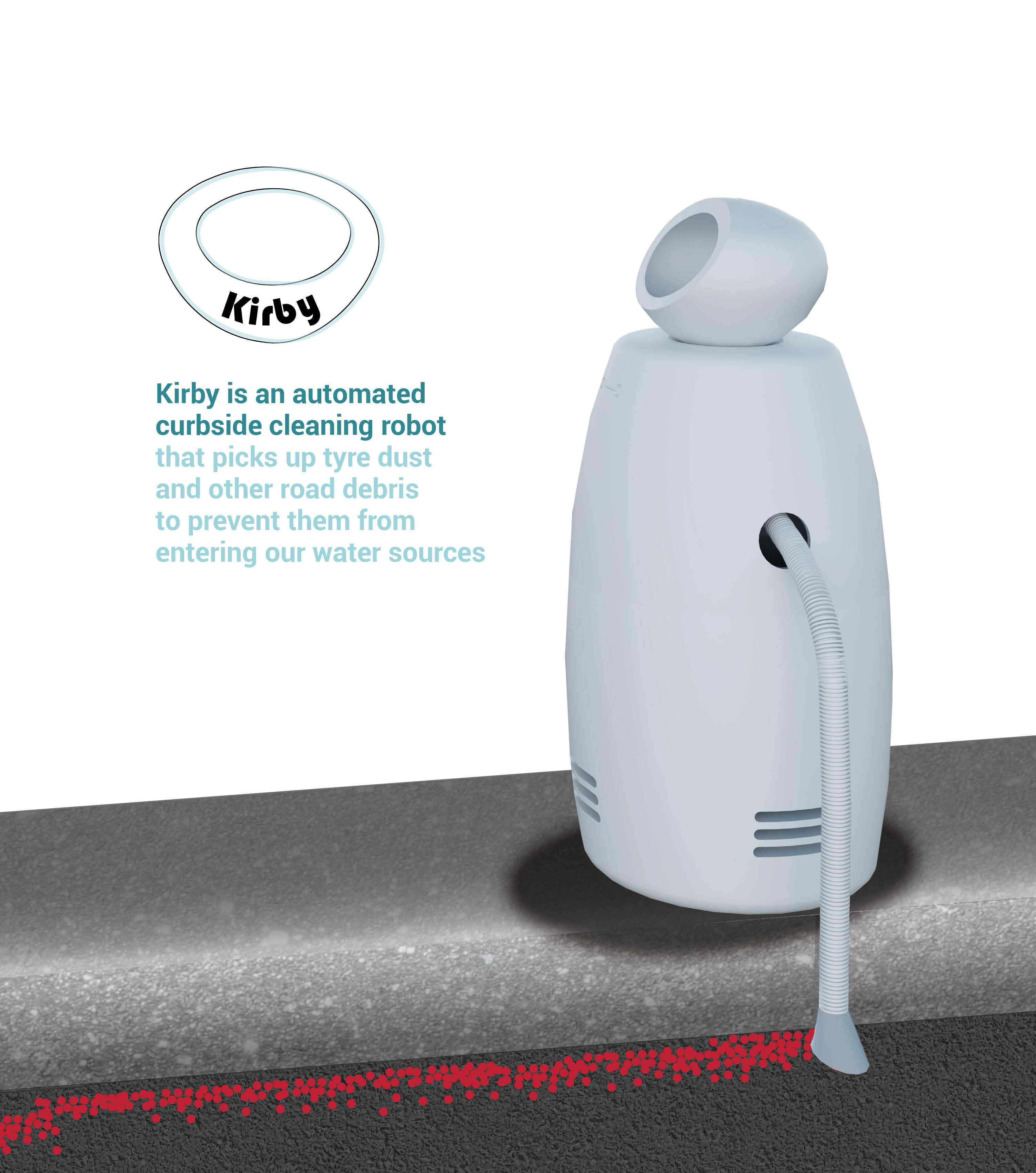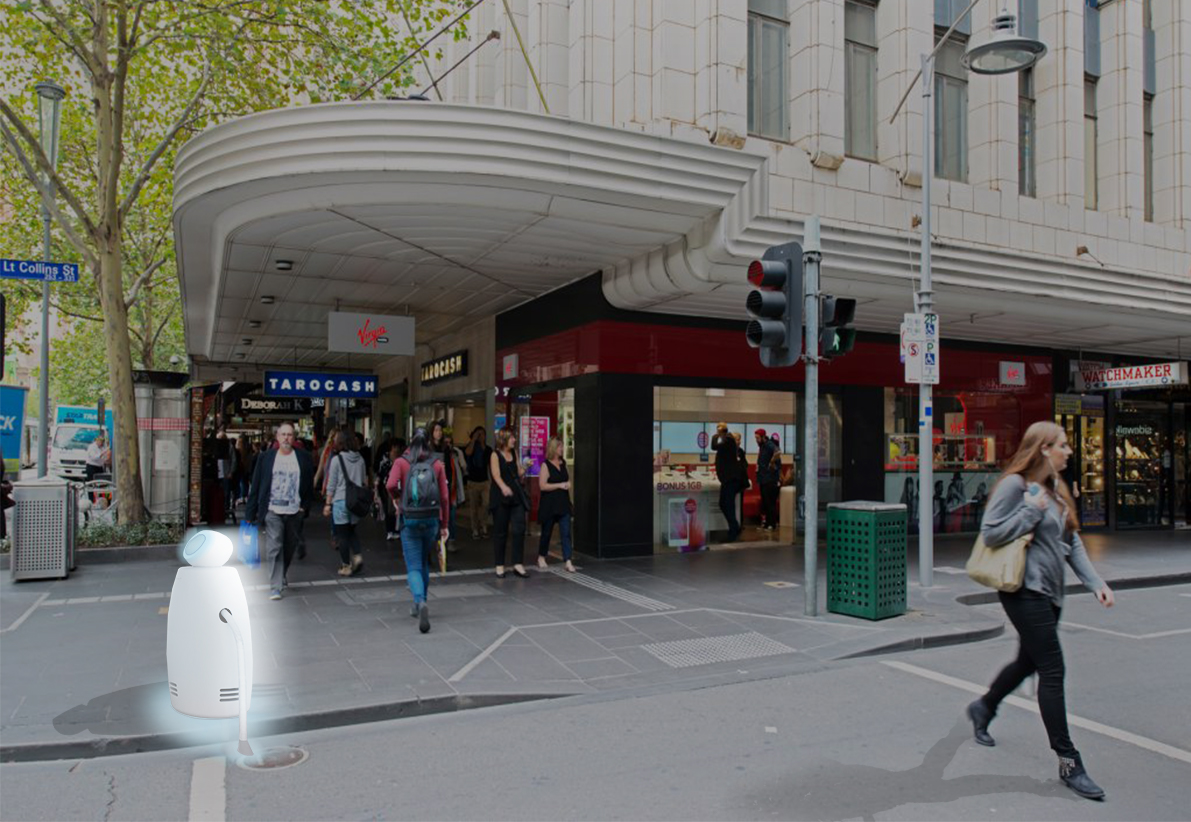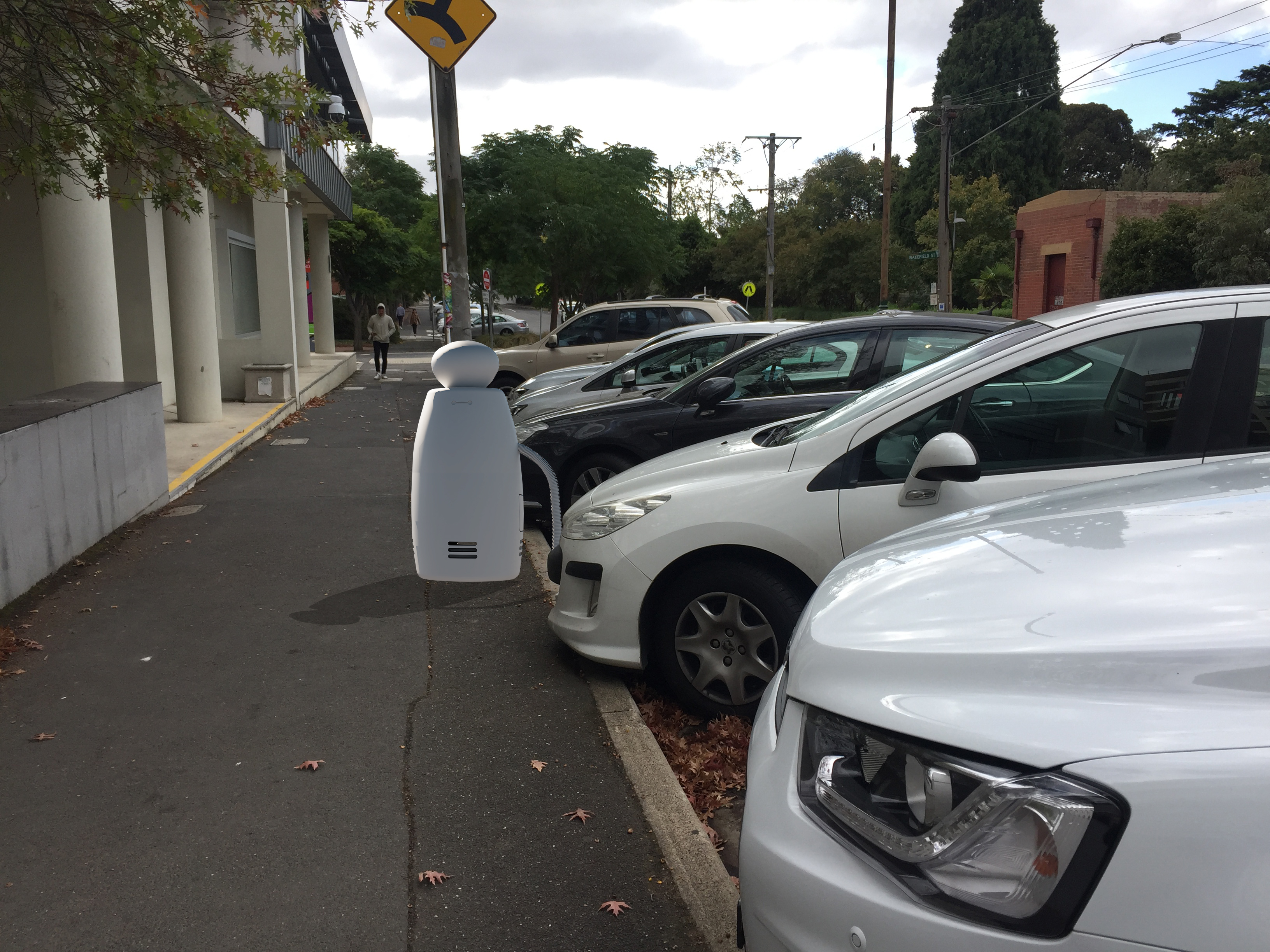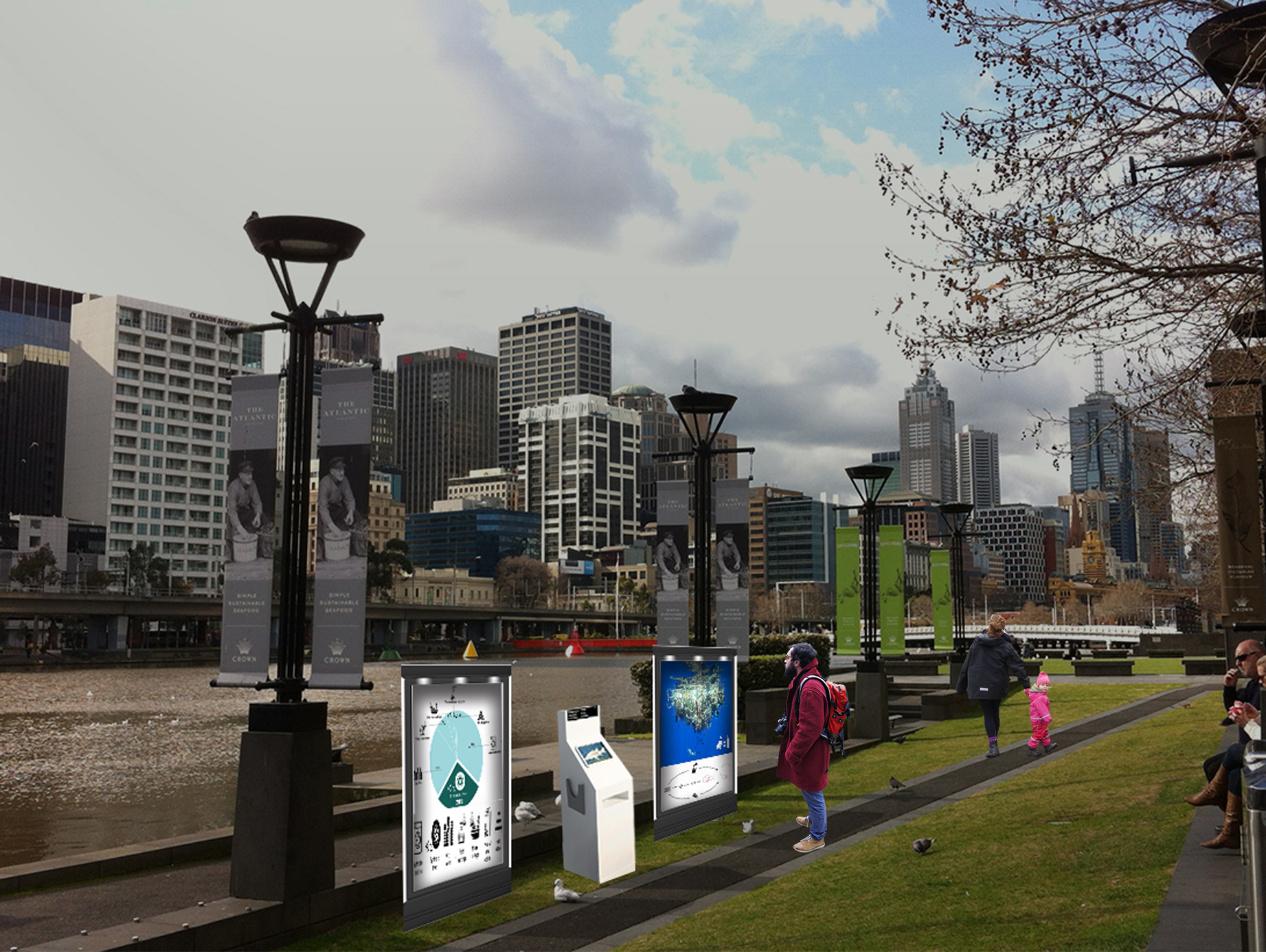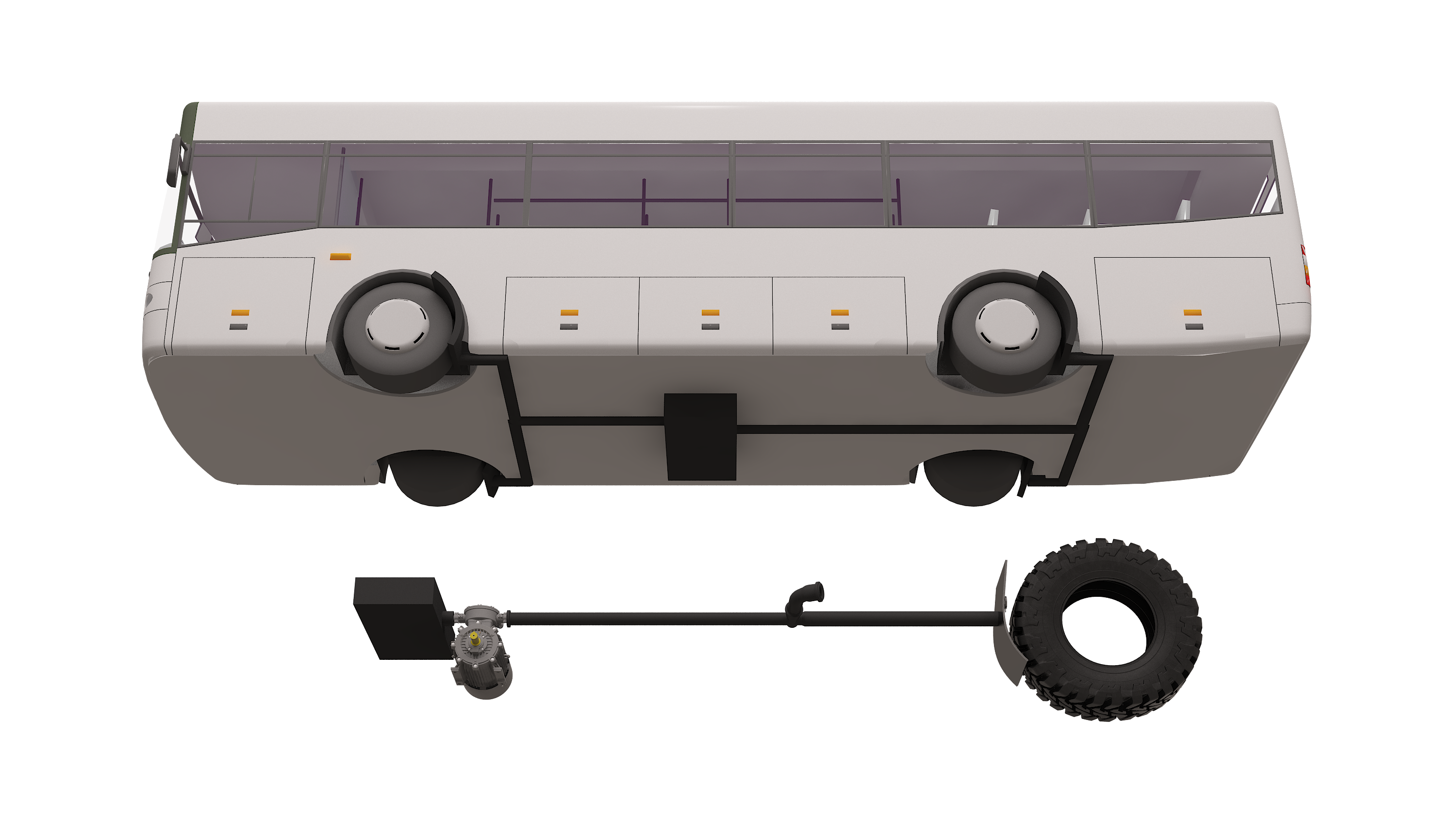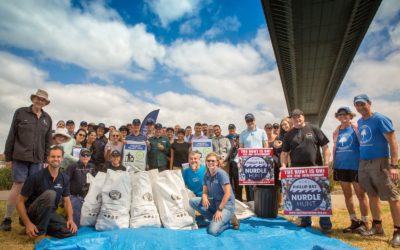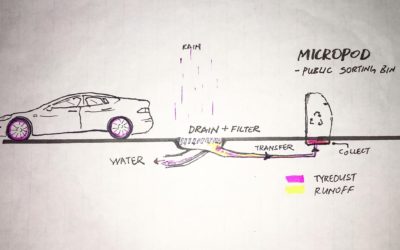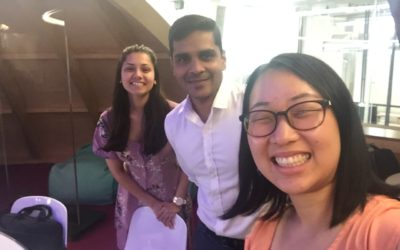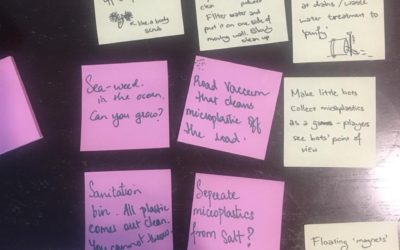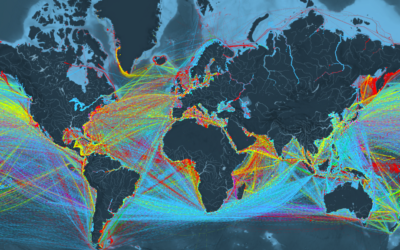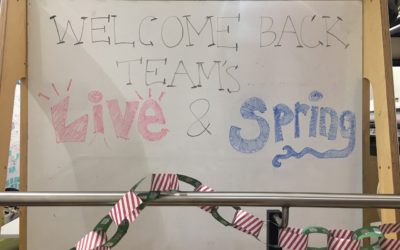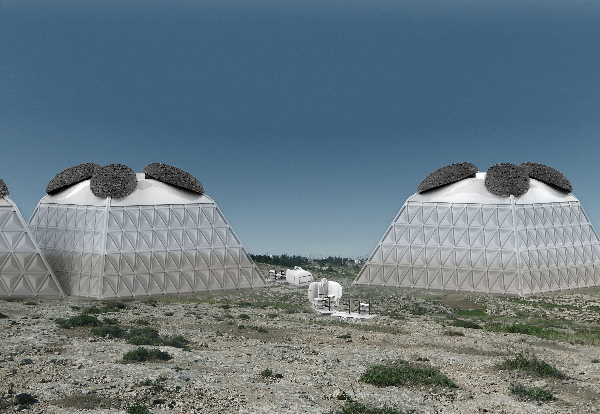TEAM: SPRING.
ReTire
Team Spring explored reducing tyre dust levels in Melbourne’s waterways and how to reduce micro-plastics in domestic water ways.
About the project
“By 2030 we hope to preserve a healthy ecosystem as people are more aware of microplastic pollution and the need to prevent it.“
These concepts work together to reduce the amount of tyre dust from entering the wider environment so that air, food, and water does not get contaminated. Less airborne dust will reduce respiratory, eye, and skin issues, amongst others. Less microplastics in water will reduce the chance of them being eaten and carrying toxins with them into the food chain.
_
2020
In 2020, Scanley forms part of an awareness-raising citizen science installation. Situated by the river in the CBD, pedestrians can learn about microplastics and their impacts from the educational posters. Citizen scientists are encouraged to bring their own samples of water to be scanned at Scanley so they can see firsthand the microplastics contained inside. This is achieved through CERN’s Medipix technology that makes very detailed X-ray scans possible.
_
2025
2025 sees the rollout of Dustin, an electrostatic plate and vacuum system that collects airborne tyre dust. Dustin is installed behind the wheels of electric vehicle fleets to collect tyre dust as it is emitted. Tyre dust is negatively charged as it is released due to the friction between the wheel and the road, and is attracted to the positively charged plates on Dustin. CERN’s Superconducting Transmission Lines help to transport the current from the electric vehicle’s battery to charge the plate.
_
2030
In 2030, Kirby – the automated curbside cleaning robot – can be deployed. Kirby targets tyre dust and other small road debris from the curb, where it usually accumulates. This prevents it from entering stormwater. Kirby sorts out recyclables and converts the rest of the waste into energy through gasification, which supplements his battery. Carbon black, a product of gasification, is collected to be converted into ink. He also uses the weather forecast to target areas that are about to receive rainfall. CERN’s Robotics Software, REMUS software, and Thermal Management Materials help Kirby to function.
About the project
Our Process
Team Spring – Week 13 & 14
Due to our Midway Presentation, we took a week’s hiatus to focus - so we’re catching up on 2 weeks’ updates! Earlier in the month, we attended the first ever Port Phillip Bay Nurdle Hunt organised by Organisation Clean Sweep which aims to keep plastic nurdles out of...
Team Spring – Week 12
Firstly, Happy Lunar New Year to those who celebrate! We just welcomed the Year of the Pig in 2019, meaning that part of our week was spent pigging out! Happy Lunar New Year to all! Two out of three of team Spring embraced the animal of the year by pigging out during...
Team Spring – Week 11
This week we looked at microplastics and tried to focus in on the root of the problem by using a tool called a Problem Tree. We focused more on the causes since we are quite familiar with the effects of plastic pollution. This helped us narrow down the area we want to...
Spring week 10
This week has been a roller-coaster of emotions for Team Spring. But, with tremendous support from the Design Factory family and our great team dynamics, we pulled through the week surprisingly well. Beginning the week with a team swop with our peers from the SUGAR...
Spring – Week 9
Before the break we had our presentation for our conceptual direction. We finally decided on our problem space which is Micro-plastics pollution and its impact on environmental and human health. The presentation built on what we had worked on in IdeaSquare, and the...
SPRING: Week 8
After coming back from IdeaSquare, CERN, we received a warm welcome from our Design Factory Melbourne family - happily reunited! We had an enjoyable Slightly Unorganised Design Session (SUDS), where we shared our travel experiences over rosti and cheese, bringing us...
TEAM SPRING

Jeannie Foo
Design Strategy and Innovation
Jeannie is studying for her Master of Design Strategy and Innovation a decade after her undergraduate degree in Political Science and Sociology. She previously worked in a grantmaking foundation in aid of natural disaster survivors before moving into corporate sustainability. Having grown up in the beautiful seaside town of Kota Kinabalu (and then lived in Kuala Lumpur which literally translates to Muddy Confluence), she fully appreciates the significance of water and marine issues.
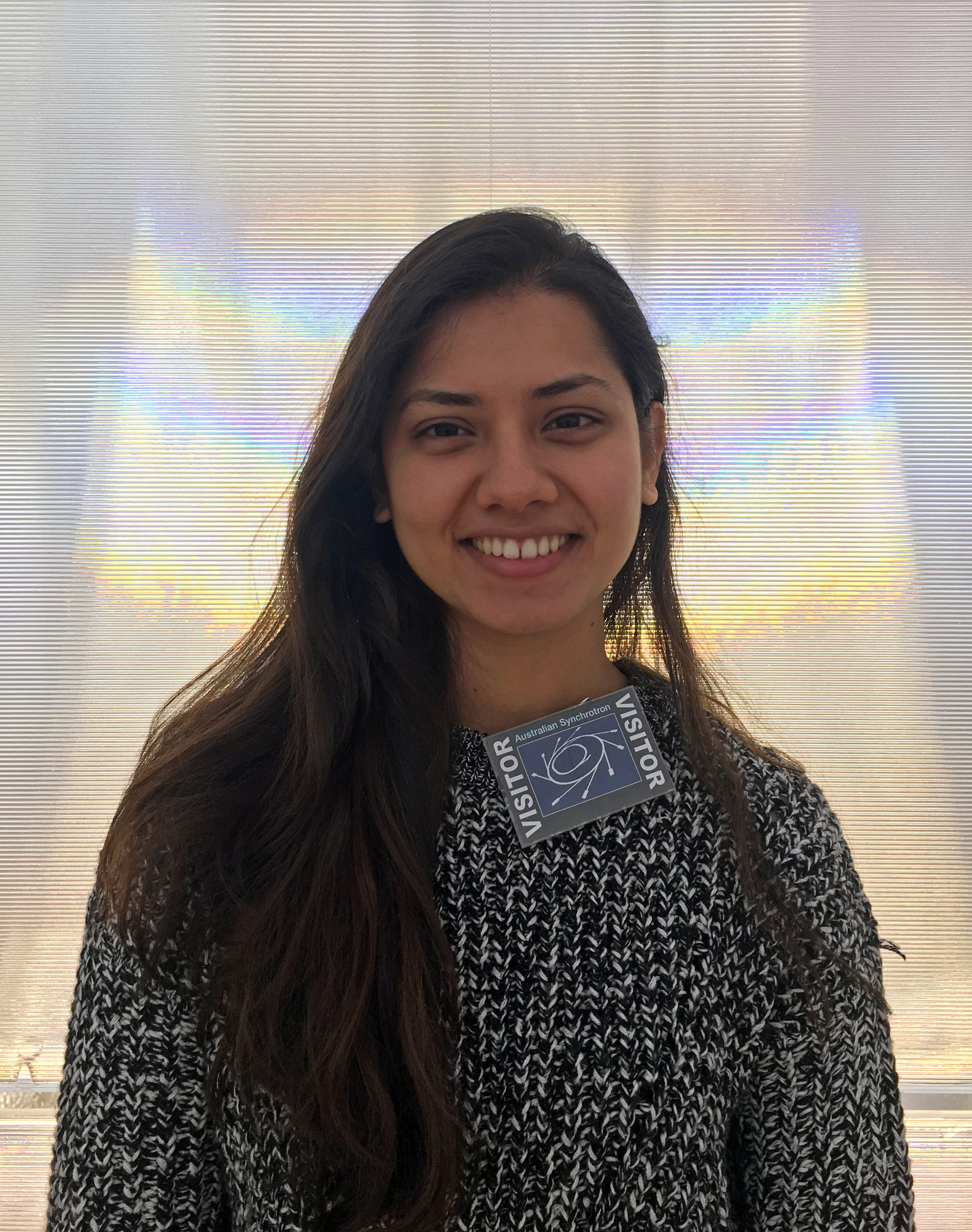
Kanika Shah
Design Strategy and Innovation
Kanika is almost halfway through her Masters of Design. She was studying and practising interior design in the last 5 years, she is gradually coming out of her comfortable interior shell. Respecting and learning other forms of design, she wishes to establish herself as someone who designs for change.
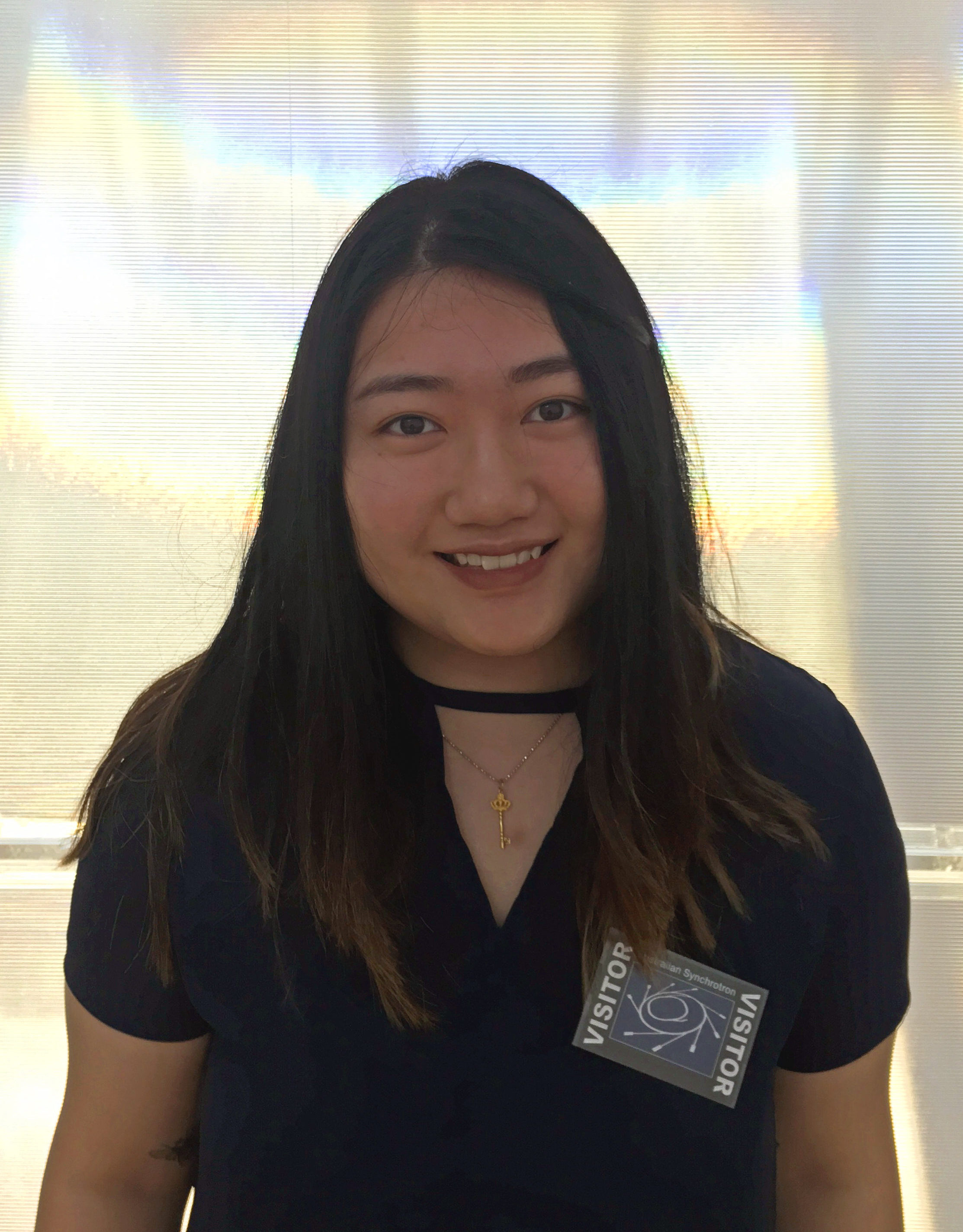
Jing Tan
Industrial Design Interior Architecture
Jing is currently in her honour year of Bachelor in Interior architecture. Her interest is sustainable future design in architecture and environment. Jing believes that designers are essential and impactful to society’s advancement and development. She will keep pursuing her passion in becoming a better designer who designs for innovation and transformation of a positive future.
Spring. Water Source. Season. Spring into the future.
More projects
Digisave
e-waste | personal devices
Responsible practices in electronic wastes and personal device use
Team: ATMA
COOLBA
e-waste | climatization| farms
Centralized system refrigeration and climatization
Team: CB-OND
Geolight
wildfires | roads
Creating a safe passage. In case of fire, roads don’t get blocked.
Team: IPIRANGA

